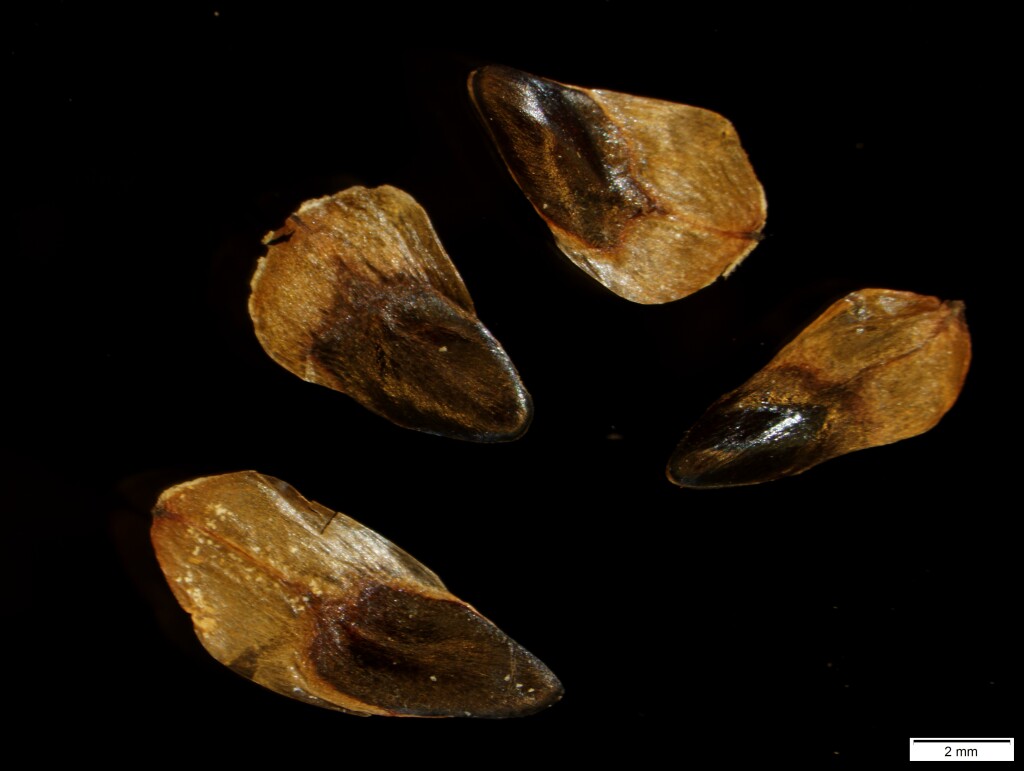Casuarinaceae
Dioecious or monoecious trees or shrubs. Branchlets articulate, slender, wiry, green to grey-green; internodes with as many longitudinal ribs as there are tooth-like leaves, separated by deep, closed furrows (in Victorian genera). Leaves reduced to small teeth, in whorls of 4–20. Inflorescences of alternating whorls of tooth-like bracts; within each bract 2 lateral scale-like bracteoles and a single unisexual flower. Male inflorescence a short to elongated spike. Male flowers with perianth parts 1 or 2, hooded, scale-like, deciduous at anthesis; stamen 1, anther basifixed. Female inflorescence a globular or ovoid head. Female flowers without perianth; carpels 2, fused; ovules 2, rarely 4; style 2-branched, reddish. Infructescence a more or less woody cone, with the 2 bracteoles of each flower enlarged as valves. Fruit a winged nut (samara); seed solitary in each nut (the entire fruiting unit is subsequently termed a 'winged seed').
4 genera and 96 species from Australia to Pacific islands and South-east Asia; 3 genera and 65 species in Australia.
The 2 genera represented in Victoria were until 1982 grouped together in the single genus Casuarina. The following account is based largely on Wilson & Johnson (1989), and the ranges for the more precise measurements in particular have not been recalculated from Victorian material.
Insects of the genus Cylindrococcus (order Hemiptera) can induce fruit-like galls to form on vegetative branchlets.
Entwisle, T.J. (1996). Casuarinaceae. In: Walsh, N.G.; Entwisle, T.J., Flora of Victoria Vol. 3, Dicotyledons Winteraceae to Myrtaceae, pp. 90–101. Inkata Press, Melbourne.
 Spinning
Spinning


